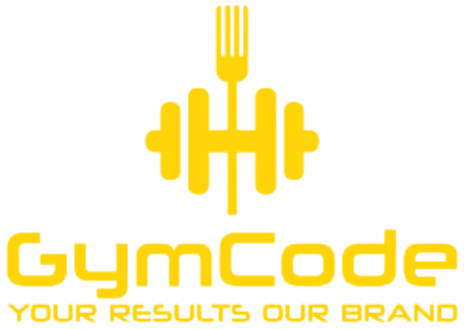There are so many reasons to celebrate reaching the menopausal transition. For starters, you never have to deal with period cramps again.
However, as your progesterone and estrogen hormone levels take a nosedive in the time leading up to your last period, your body becomes more susceptible to a host of health issues and side effects. These include hot flashes, anxiety, osteoporosis, cardiovascular events, and sarcopenia (the loss of muscle and strength).
The good news? Exercise is a powerful mitigator. People with high and moderate physical activity levels tend to have less severe menopausal symptoms and are less susceptible to menopause-related health issues compared to those who are less active.
If you’re looking to ramp up your workout routine to reap the benefits, know this: Fitness isn’t one-size-fits-all. What works for one person may not work for another, so it’s important to find a routine that feels good to you.
That said, if you’re going through menopause and want to jump-start a more active lifestyle, these expert tips from Gymcode can help you do just that safely and effectively.
1. You got to Start Slow
Never worked out before? It’s never too late to start!
“Start with 10- or 20-minute workouts twice a week and build up from there. For beginners, it’s about building an exercise habit and enjoying the activity more than anything else.
We generally recommend sedentary menopausal clients kick off their fitness journey by walking. Start with about 10 minutes and slowly build up to more time and increase intensity.
2. Focus on Building Muscle First
Strong muscles can protect your health as you age by slowing bone loss and weight gain.
After menopause, you may be at an increased risk for fractures and osteoporosis due to bone loss and weight gain in your midsection. While all exercise benefits health, you must strength train to preserve and build lean muscle mass and maintain healthy bones, we recommend focusing on
- Squats
- Lunges
- Hinge movements (like glute bridges and deadlifts)
- Pushes (like push-ups or overhead presses)
- Pulls (like rows or lat pulldowns)
- Carries (like a farmer’s walk)
If you’ve never weight trained before, Gym Code recommends getting a handful of personal training sessions so we can train and teach you the proper form for basic exercises. If that’s not in your budget, consider signing up for a semi-private personal training session.
“There are less than five people, we can focus on each client and help teach them the basics and correct your form”
3. Train For Balance and Coordination
Not only can weight training strengthen your muscles and bones, but it can also improve balance and coordination.
4. Prioritize Recovery
Of course, the work you put in at the gym is important. But how you recover and refuel afterward is even more paramount to your overall wellness. This holds especially true after menopause.
After a tiring workout, you may find you need more recovery. Regardless of age, sleep is the number one tool for recovery. Our muscles are built while we are sleeping and not during the workout. Sleep is more relevant to recovery than any supplement or food.”
5. Nutrition Goals
Nutrition plays a very important role and making sure consuming enough protein is vital when working out is part of your routine. Not only can it help you maintain muscle, but it can aid recovery by giving your muscles the amino acids necessary to repair and rebuild. Protein consumption should be a top priority.
It’s best to eat protein in every meal throughout the day.
6. Kick Up Your Cardio Routine
People who have higher estrogen levels have a lower risk of developing heart disease than those who have lower levels.
High-intensity interval training (HIIT) tend to be best for menopausal people because they involve doing short bursts of work. You push your heart rate to its upper levels and then recover during the rest periods. For your heart to have the ability to work and recover at higher health levels, you need to train it with this type of work. HIIT workouts should only be done between one and three times per week for 20 minutes or less on your days you don’t do strength training.
